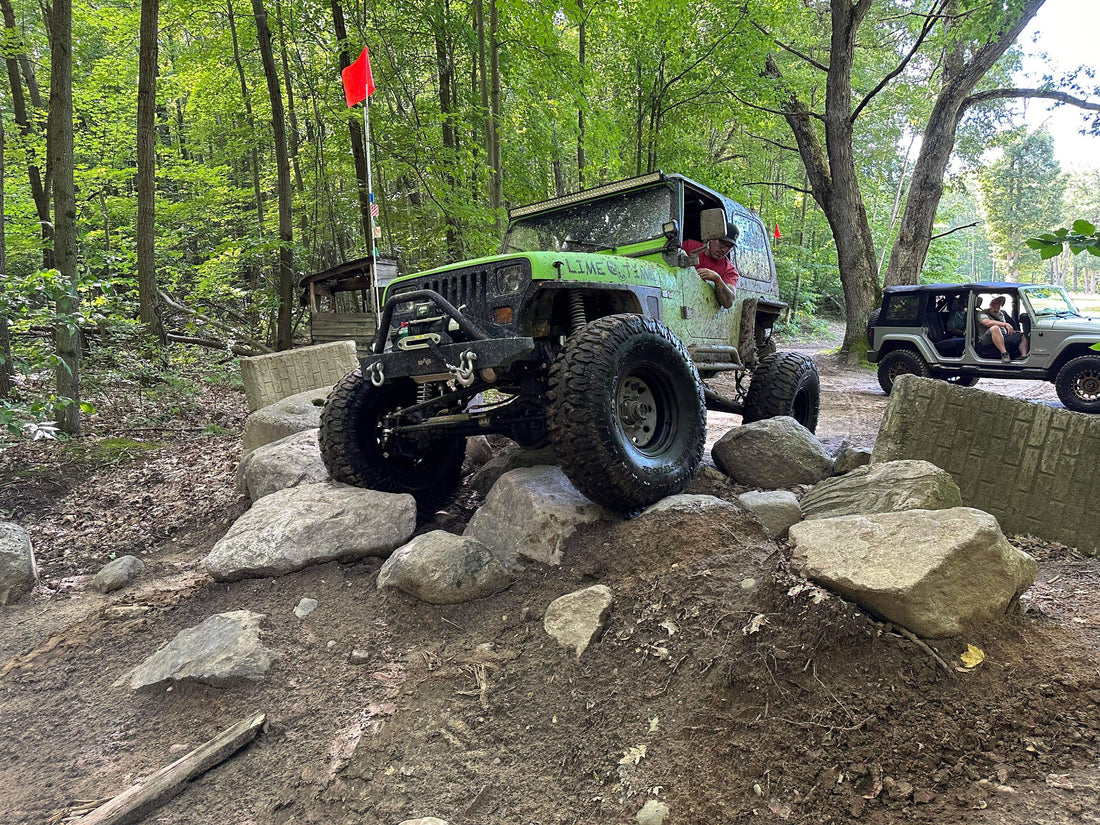Common Problems with the 1987-1995 Jeep Wrangler YJ
Introduction
The Jeep Wrangler YJ, produced from 1987 to 1995, is a classic off-road vehicle that has garnered a passionate following. While these rugged machines are celebrated for their simplicity and durability, they are not immune to common problems that can arise with age and use. In this blog post, we will explore some of the most frequently reported issues with the Jeep Wrangler YJ and provide insights into how to address them.
1. Frame Rust
One of the most prevalent problems faced by YJ owners is frame rust. These vehicles were designed for off-road adventures and often exposed to harsh elements. Over time, the frame can develop rust and corrosion, weakening its structural integrity. Regularly inspecting the frame, especially in vulnerable areas, and applying rust-resistant coatings can help prevent or mitigate this issue.
2. Steering and Suspension Components
The YJ's suspension and steering components are susceptible to wear and tear, particularly if the vehicle is used for off-roading. Common problems include worn-out ball joints, control arms, and tie rod ends, which can lead to steering issues, uneven tire wear, and alignment problems. Regular inspections and timely replacement of worn parts are essential to maintain safe and predictable handling.
3. Electrical Gremlins
As with any older vehicle, electrical issues can become a headache for YJ owners. Problems may include malfunctioning gauges, dead batteries, or corroded wiring connections. Troubleshooting electrical problems can be challenging, but starting with a thorough inspection of the wiring and connections is a good first step. Consult the vehicle's manual for wiring diagrams and seek professional help if needed.
4. Soft Top Leaks
The YJ's soft top is a fantastic feature for open-air driving, but it can be prone to leaks, especially as it ages. Common areas for water intrusion include the seams, zippers, and windows. Regularly inspect the soft top for signs of wear and tear, and consider applying waterproof sealant to seams or replacing damaged components to keep your interior dry.
5. Engine and Transmission Issues
The YJ came with a range of engine options, including the 2.5-liter four-cylinder and the 4.0-liter six-cylinder engines. Some common engine issues include overheating, oil leaks, and carburetor problems. Transmission concerns may include slipping, grinding, or difficulty shifting. Routine maintenance, such as oil changes and cooling system checks, can help prevent engine problems. For transmission issues, consult a mechanic for proper diagnosis and repair.
6. Steering Box Wear
The steering box in the YJ may develop wear over time, leading to loose or imprecise steering. This can affect your control, especially when navigating challenging off-road terrain. Regularly inspect the steering box for play or excessive wear and consider replacing it or having it professionally rebuilt to maintain precise steering control.
Conclusion
The Jeep Wrangler YJ, with its classic design and off-road capabilities, continues to be a beloved choice for enthusiasts. To keep your YJ running smoothly and reliably, it's crucial to stay proactive about maintenance and address common issues as they arise. Whether it's rust prevention, steering and suspension components, electrical problems, soft top maintenance, or engine and transmission concerns, a little attention and care can go a long way in preserving the spirit of your Jeep Wrangler YJ for years to come. If you encounter issues beyond your expertise, consulting a qualified mechanic is always a prudent course of action.

